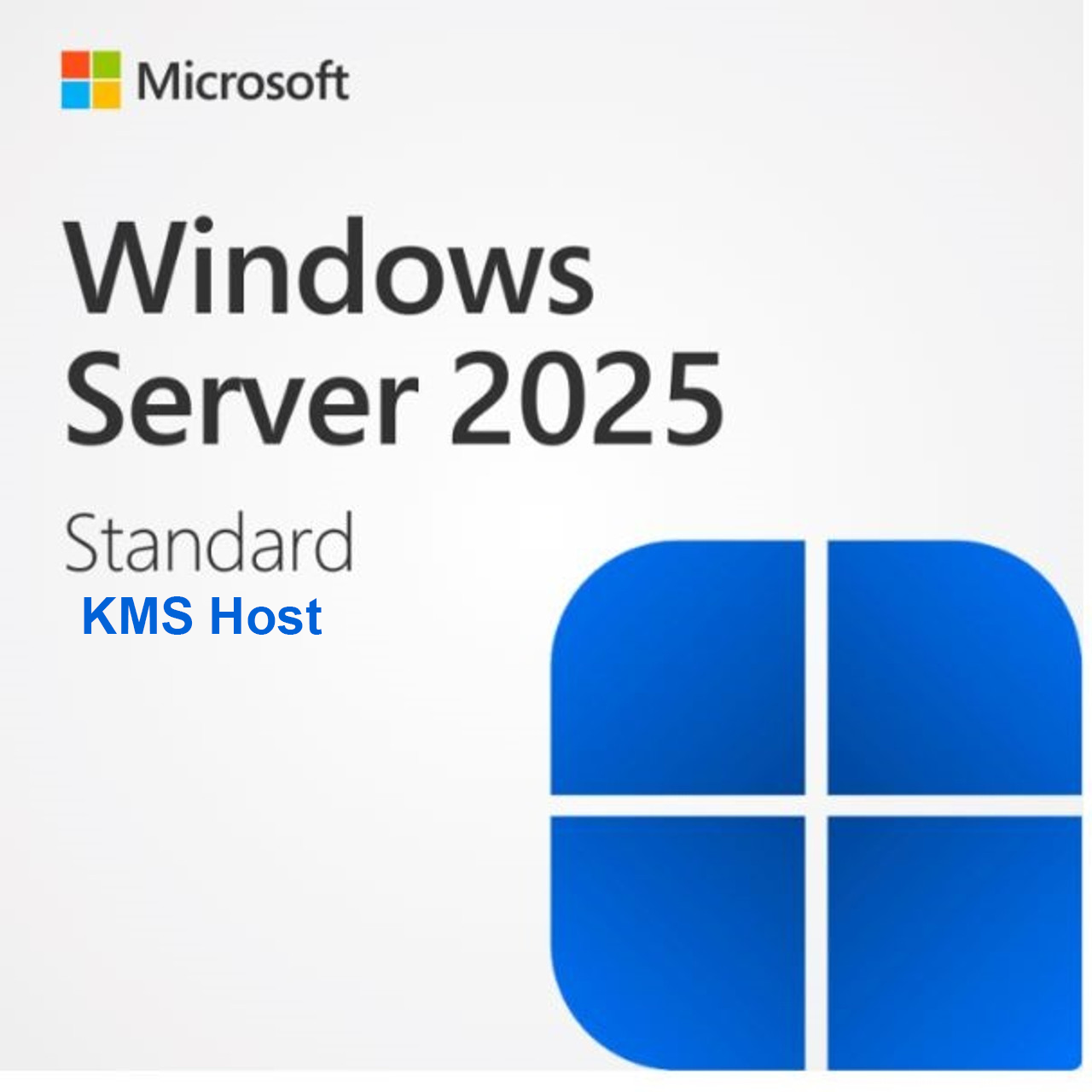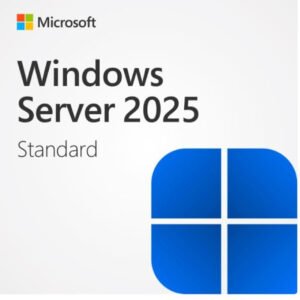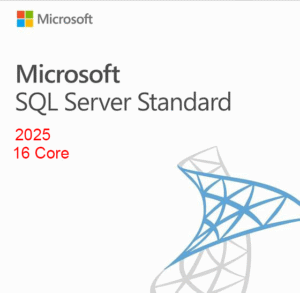To activate Windows Server 2025 Standard using Key Management Services (KMS), you’ll need a KMS host running Windows Server and a KMS client key for Windows Server 2025 Standard. The KMS host must be updated to support the new client OS.
Steps for setting up a KMS host for Windows Server 2025 Standard:
- Install a KMS Host: Install Windows Server 2025 and choose the Standard or Datacenter edition.
Obtain a KMS Host Key: You’ll need a KMS host key, which can be obtained through YourSoftwarekeys. Install the KMS Host Key: Use the Volume Activation Tools to install the KMS host key on the server. Configure DNS: Ensure that DNS records are properly configured to allow clients to locate the KMS host. Activate the KMS Host: Activate the KMS host using the installed key. Configure Firewall: Make sure the firewall allows traffic on the appropriate ports for KMS (typically TCP port 1688). Activate KMS Clients: Clients can now activate against the KMS host.
Important Considerations:
- Minimum Threshold: KMS activation requires a minimum number of client activations (25 for Windows clients, 5 for Windows Server and Office volume editions).
Renewal:
KMS clients automatically renew their activation every 7 days, with a validity period of 180 days.
Updates:
Ensure the KMS host is updated to support the activation of Windows Server 2025 clients.
Online vs. Offline:
KMS activation can be performed online (if the server has internet access) or offline (using a specific activation method).
Active Directory Based Activation (ADBA):
If your environment uses Active Directory, you can also use ADBA for activation, which simplifies the process for domain-joined computers












